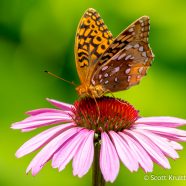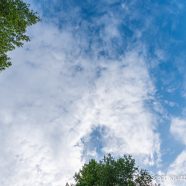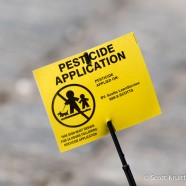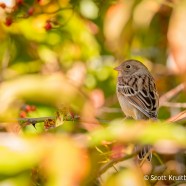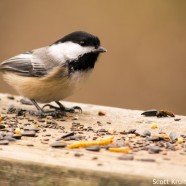Great Spangled Fritillary & Eastern Purple Coneflower
I am finally seeing more butterfly abundance and diversity as we enter July, and I could not be happier about that! I photographed this appropriately named Great Spangled Fritillary (Speyeria cybele) nectaring on a fresh Eastern Purple Coneflower (Echinacea purpurea) during the morning of Independence Day. These pollinator plants are gorgeous and great for attracting beneficial insects to your yard. On Sunday, July 3, I was thrilled to finally see my first of the year Monarch butterflies. What species have you spotted recently? Have you planted anything in your garden to help pollinators...
Read MoreLooking Up
Here is a homework assignment for you to be completed sometime in the next week: Go outside Find a comfortable open, peaceful, natural spot Sit or lay down in the grass, sand, dirt or whatever ground you prefer Look up and do nothing It is beautiful out there, wherever you are. Go soak it in.
Read MorePesticides
Is this treatment really necessary in 2015? Do people think that a process which ends with a sign being erected warning them of pesticide and to stay clear for at least 24 hours, with a crossed out circle featuring a pet and a child, is somehow going to mean they have a healthy yard? How can anyone think these chemicals will not harm them, not to mention the environment, for a prolonged period of time? These little things drive me crazy, especially when my name is attached to it…we need to stop making some yards into fields of death, and besides that, what is the prettiest picture of...
Read MoreFall Field
Here are some more seasonal shots to get you into the fall mood – a Field Sparrow (Spizella pusilla) from a couple of days ago during a busy migration time for the species. They will pass through the eastern U.S. in good numbers in the autumn with some staying into the winter if they find an acceptable field or other open space with plenty of seeds. They are certainly declining overall in the east because we have far fewer fields than we used to as our natural areas often revert back to forest with the decline of agriculture combined with the continued rise of suburbia. Other remaining...
Read MoreBlack-capped Chickadee Feeding
This Black-capped Chickadee (Poecile atricapillus) appeared to be a very indecisive feeder, not knowing what it wanted to eat and trying out some of the selections before tossing some back. I suppose that is the sort of thing you can do when you have piles of food strewn about you. Natural food sources are slowly being drawn down as we near the winter solstice. If you feed the birds you will likely be seeing more activity and action, even from the picky among them. Scott Kruitbosch Conservation & Outreach Coordinator
Read More



